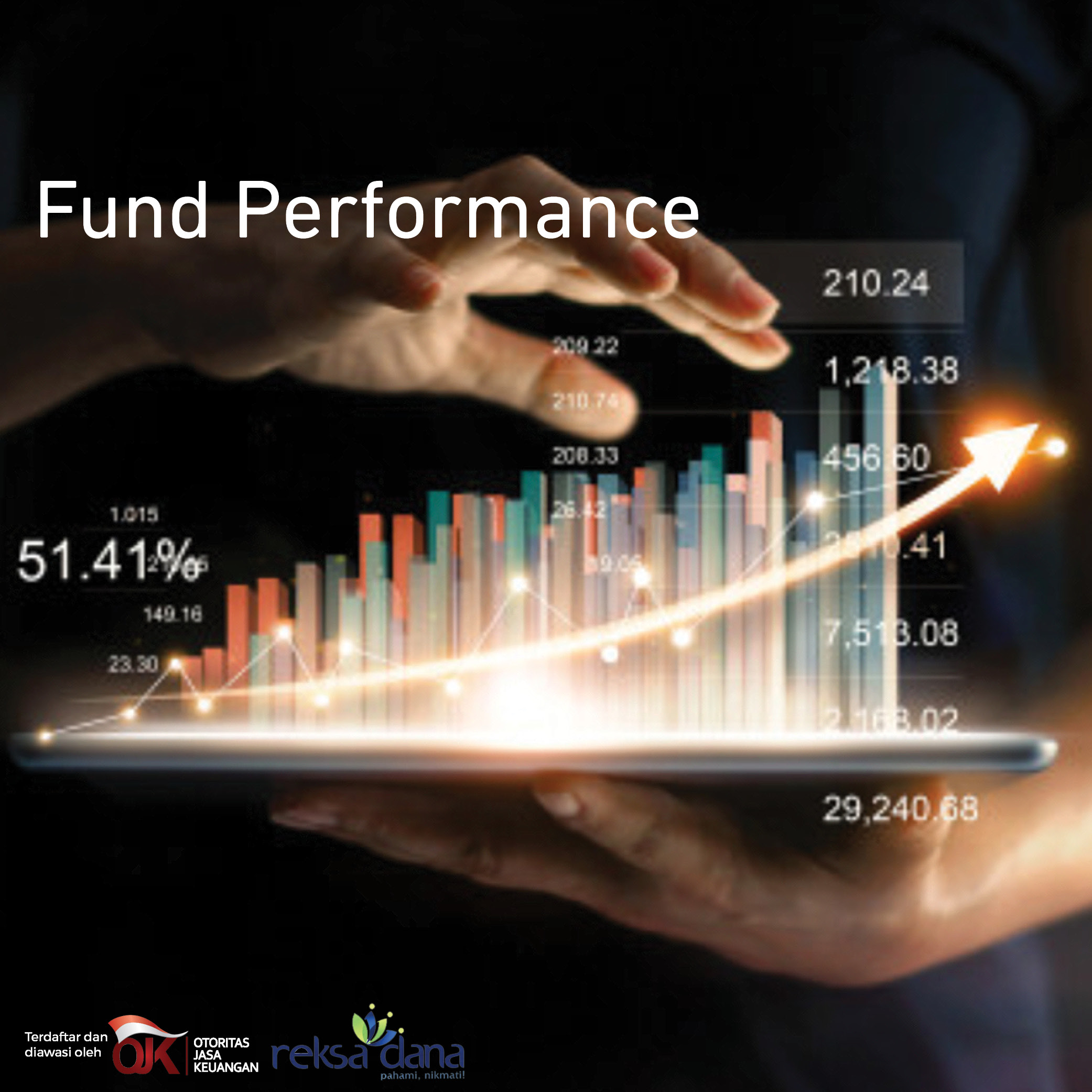2Q23 GDP beats expectations on higher government spending
Statistics Indonesia (BPS) has reported a GDP growth rate of 5.17% YoY for 2Q23, surpassing both our projected estimate of 4.91% YoY and the consensus estimate of 5.00% YoY. This growth rate represents an acceleration from the previous quarter's growth of 5.04% YoY. On the production side, the transportation and storage sector exhibited the highest growth at 15.28% YoY. Meanwhile, the highest growth on the expenditure side occurred in government spending, which rose by 10.62% YoY. The nominal GDP amounted to Rp5,226.7tn, with the real GDP reaching Rp3,075.7 tn in the 2Q23. Considering the global economic slowdown and the normalization of commodity prices, we expect a slight deceleration in economic growth from 5.31% YoY in FY22 to 5.0% YoY in FY23.
Household consumption remains the largest contributor
Household consumption continued to be the dominant contributor in Indonesia's economy, contributing 53.31% to the 2Q23 GDP. Additionally, Household consumption exhibited a growth of 3.08% QoQ and 5.23% YoY, surpassing the previous period’s 0.25% QoQ and 4.54% YoY, respectively. This growth was predominantly stimulated by the celebrations of Eid al-Fitr in April and Eid Al-Adha in June. This trend aligns with several indicators, such as the Consumer Confidence Index (CCI) and Purchasing Manager Index (PMI), which remained optimistic throughout 2Q23. Furthermore, the growth is expected to persist in 3Q23 due to holiday school in July, reinforcing the robustness of household consumption.
Government spending jumps due to the 13th month salary
Government spending accounted for 7.51% of 2Q23 GDP, growing by 10.62 % YoY, which is an acceleration from the previous quarter's 3.45% YoY growth. This growth was mainly driven by the 13th month's salary. Furthermore, the fiscal balance has consistently remained in surplus during the first half of the year. By June 2023, the state budget (APBN) registered a surplus amounting to 0.71% of GDP, or Rp 152.3 tn. This surplus provides the government with flexibility in policymaking and enables them to implement economic stimulus measures amidst the global economic slowdown. Meanwhile, as a historical trend, spending growth is likely to rise in the second half of the year. We think the driver is not only routine patterns but also preparations for the upcoming national election and the development of the new capital city. Furthermore, the government has expressed its intention to accelerate spending, aiming to achieve a fiscal deficit of around -2.3% of GDP for this year. However, based on our projections, we anticipate the fiscal balance to be around -2.7% of GDP.
Investment grows 4.63% YoY
As the second largest contributor (27.90% of GDP), gross fixed capital formation (GFCF) or investment increased by 4.63% YoY in 2Q23 (vs 2.11% YoY growth in 1Q23). Meanwhile, direct investment (DI) in 2Q23 grew softer by 15.7% YoY (vs 16.5% YoY growth in 1Q23) at Rp 349.8 tn. This marks the slowest yearly growth since 1Q22. The deceleration in growth can be primarily attributed to the global economic slowdown. However, we see that direct investment will likely remain robust in 2023, driven by both Foreign Direct Investment (FDI) and domestic direct investment (DDI), as Indonesia has succeeded in fostering investor confidence from both domestic and international spheres. Rating and Investment Information, Inc. (R&I) has upgraded Indonesia's outlook to positive from stable, and maintained its Sovereign Credit Rating at BBB+. Nevertheless, we need to be prepared for the possibility of external shocks, which could mainly affect FDI. In addition, we should anticipate the impact of the national election, especially as investors tend to take a wait-and-see approach at the moment.
Exports and imports growth turn negative
Exports and imports accounted for 20.25% and 18.54% of the 2Q23 GDP, respectively. Both exports and imports declined by -2.75% YoY and -3.08% YoY, respectively. This trend is a reversal compared to the previous quarter, when both exports and imports were recorded at 12.17% YoY and 3.80% YoY, respectively. Looking ahead, there is a foreseen decline in export performance due to decreasing commodity prices, which are influenced by weakening global demand. In order to combat persistent inflationary pressures, several major central banks are continuing with a higher-for-longer policy rate approach and adopting a hawkish monetary policy stance. This could have a negative impact on the performance of the real sector. Conversely, imports are expected to perform better as the domestic economy remains resilient. As a result of these factors, our forecast points to a further narrowing of the trade surplus and there is a possibility that the balance could turn into a deficit. As a result, we maintain our forecast that the current account (CA) could turn into a small deficit of -0.5% of GDP in 2023, compared to a surplus of 1.0% of GDP in 2022.
















